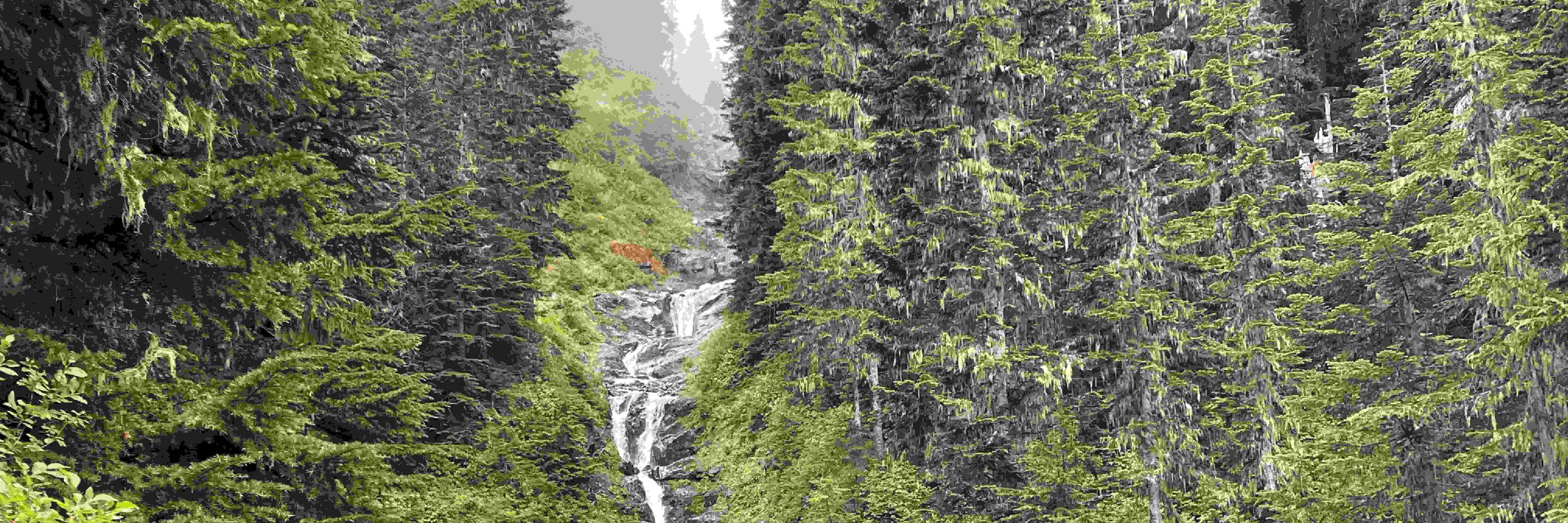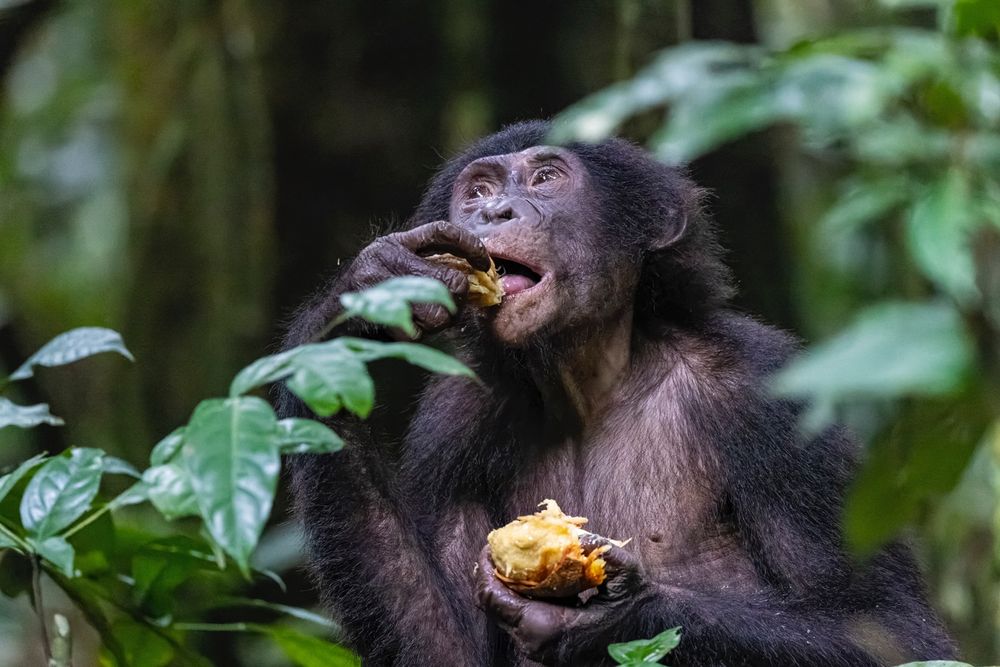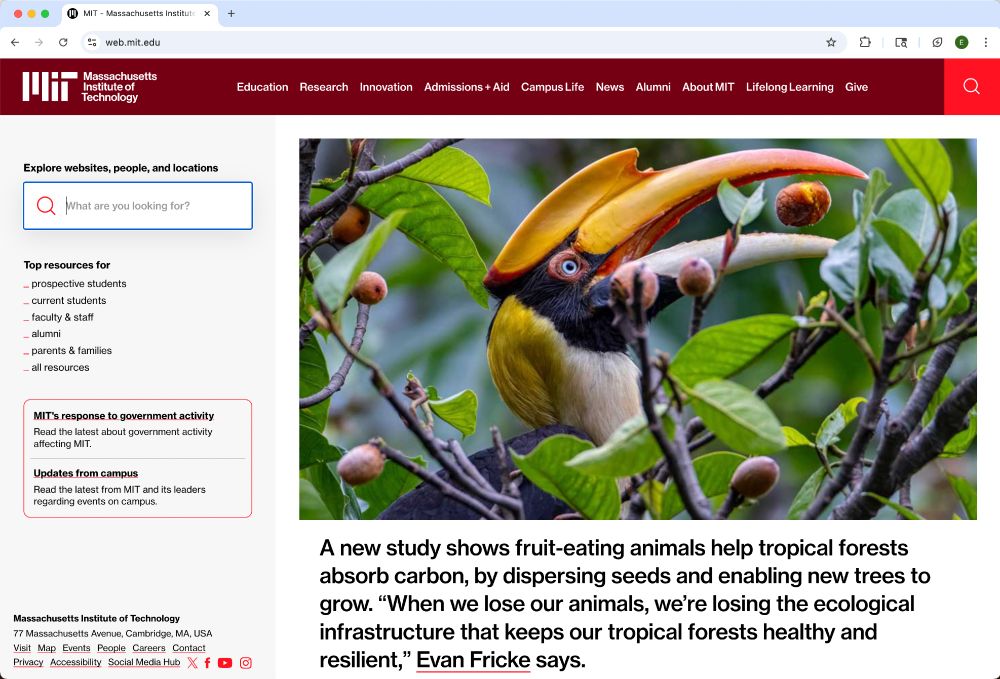
Research scientist at MIT.
Anyone else want to skip the middleman and just publish cartoons from here on out?
🔗 www.pnas.org/doi/abs/10.1...




Anyone else want to skip the middleman and just publish cartoons from here on out?
🔗 www.pnas.org/doi/abs/10.1...
Overlooking nature’s tree planters risks missing ‘win-win’ pathways for both climate mitigation and biodiversity conservation.

Overlooking nature’s tree planters risks missing ‘win-win’ pathways for both climate mitigation and biodiversity conservation.

And natural regrowth often has much lower implementation costs and better biodiversity outcomes.

And natural regrowth often has much lower implementation costs and better biodiversity outcomes.
-Aboveground carbon accumulates 4x faster in regrowing tropical forests where seed dispersal by animals is most intact vs. most disrupted.
-Current seed dispersal disruption levels cut carbon uptake of proposed reforestation sites by 57% on average.

-Aboveground carbon accumulates 4x faster in regrowing tropical forests where seed dispersal by animals is most intact vs. most disrupted.
-Current seed dispersal disruption levels cut carbon uptake of proposed reforestation sites by 57% on average.
We then paired it with carbon accumulation data from thousands of tropical regrowth plots, along with other environmental variables.

We then paired it with carbon accumulation data from thousands of tropical regrowth plots, along with other environmental variables.
From our paper www.science.org/doi/10.1126/... Illustrated by coauthor @ohsanisidro.bsky.social

From our paper www.science.org/doi/10.1126/... Illustrated by coauthor @ohsanisidro.bsky.social
Big thanks to the stellar coauthors: Carolina Bello, Becky Chaplin-Kramer (@beckyck.bsky.social), Daisy Dent, Ken Feeley (@kjfeeley.bsky.social), Mauro Galetti, Juanpe González-Varo, Ruben Heleno, Leighton Reid.

Big thanks to the stellar coauthors: Carolina Bello, Becky Chaplin-Kramer (@beckyck.bsky.social), Daisy Dent, Ken Feeley (@kjfeeley.bsky.social), Mauro Galetti, Juanpe González-Varo, Ruben Heleno, Leighton Reid.
New data syntheses and models are capturing functional changes across large scales, helping reveal long-term impacts, which range from reduced forest product provisioning and weakened carbon storage to impaired wildfire recovery and degraded habitats for animals.

New data syntheses and models are capturing functional changes across large scales, helping reveal long-term impacts, which range from reduced forest product provisioning and weakened carbon storage to impaired wildfire recovery and degraded habitats for animals.
One idea: Experiments can demonstrate societally relevant impacts of pollinator decline within a growing season. For seed disperser decline, they unfold slowly, across vast scales, and experiments at scale are unfeasible or unethical.

One idea: Experiments can demonstrate societally relevant impacts of pollinator decline within a growing season. For seed disperser decline, they unfold slowly, across vast scales, and experiments at scale are unfeasible or unethical.
Yet despite these being core goals of global efforts to protect, manage, and restore nature, the roles of seed dispersers remain largely overlooked in global biodiversity and restoration strategies.

Yet despite these being core goals of global efforts to protect, manage, and restore nature, the roles of seed dispersers remain largely overlooked in global biodiversity and restoration strategies.
But this is breaking down as seed disperser diversity, abundance, and movement decline worldwide.

But this is breaking down as seed disperser diversity, abundance, and movement decline worldwide.


